
The meteoric rise of memecoins like Dogecoin and Shiba Inu has shown the power of online communities and humorous marketing in the crypto world. However, as Hydra Chain's core developers debate marketing strategies, their discussion raises an important question - how does a serious blockchain project court mainstream traction without compromising its technological edge?
Hydra Chain recently announced a major utility upgrade - the launch of a LYDRA/HYDRA liquidity pool on its DEX. The LYDRA token allows HYDRA stakers to free up coins for other uses without losing staking yields.
By letting holders mint liquid LYDRA against staked HYDRA, the feature unlocks wider flexibility for users to optimize returns. LYDRA introduces new utility like earning staking yields on HYDRA while also freeing capital for activities like liquidity provision.
This upgrade comes as Hydra debates internally how to balance memes and technology for wider traction, much like Dogecoin and Shiba Inu have done. The project wants viral promotion but not at the cost of robust development.
Analysts are bullish about the LYDRA move as it boosts accessibility and real-world usage. At the same time, Hydra's developers feel retaining technical credibility remains crucial for institutional adoption.
This balancing act parallels the quandary between joke origins and maturity that pioneering memecoins now wrestle with. As projects court wider appeal, Hydra's debate offers useful principles to navigate this tension.
The rest of the piece analyze this debate and the parallels with major memecoins in more detail.
Balancing Marketing Approaches: Hydra's Strategy Debate
The discussion started when Telegram user Diogenes suggested having two websites - one serious, one cartoonish - to promote Hydra's staking yields to memecoin communities. However, CTO at Hydra Chain, Florian, objected that leaning too heavily on memes could undermine Hydra's credibility for builders and partners.
Florian argued that while meme hype can help launch projects, 90% of meme launches are low-quality, whereas Hydra offers advanced capabilities. Hence memecoin investors might not care about technology, but serious developers do. He wants Hydra to balance memes with substantive technology that inspires trust.
Importantly though, Florian didn’t oppose humor entirely. He embraced Hydra’s playful name and visual designs. However, he felt Hydra shouldn’t go overboard into full meme territory. Diogenes clarified he didn't mean an actual memecoin either, just simplified messaging for that demographic.
This nuanced debate parallels the positions of Dogecoin and Shiba Inu, two of the largest memecoin projects. Doge in particular faces a quandary between its joke origins and adoption ambitions that necessitate development. Meanwhile, Shiba leans heavily on memes while trying to expand utility.
Facing similar dilemmas, Hydra offers an instructive moderate approach. The project shows how memecoin communities can be courted not through mocking memes, but streamlined explanations of compelling utility. For Doge and Shiba holders seeking yield rather than just speculation, Hydra’s staking model aims to provide significant rewards that could potentially prove more attractive than non-yield-generating memecoins.
In essence, Hydra realizes memecoin communities and builders have different priorities. Hence messaging should differentiate value propositions while retaining technical credibility. Memes can help attract capital, but serious infrastructure keeps it invested.
Meanwhile, constant community questions around staking suggest organic awareness is growing. Hence Hydra is attracting memecoin-esque liquidity while building long-term technological appeal.
In this manner, Hydra offers clever lessons for the memecoin space:
- Viral memes bring fleeting hype, robust utilities sustain organic growth
- Serious developers care about capabilities over memes, differentiate value propositions
- Streamline explanations for some communities, preserve technical credibility for others
- Balance meme-friendly designs with substantive capabilities, don’t compromise entirely
Of course, only time will tell if Hydra’s middle-path strategy pays off. But as pioneering memecoins wrestle between original jokes and mature adoption, Hydra’s insightful community debate offers useful principles to navigate this tension. With responsive messaging, projects can court wider appeal without losing their edge. And that’s a lesson from which even the original dog coins could learn some new tricks.
Want to join the discussion?
For those interested in joining these community discussions to help shape Hydra's continued evolution, follow along via the Telegram channel, Telegram group and Twitter. There are more perspectives from token holders, builders and other ecosystem participants.


 TheCoinrise Media
TheCoinrise Media Optimisus
Optimisus Optimisus
Optimisus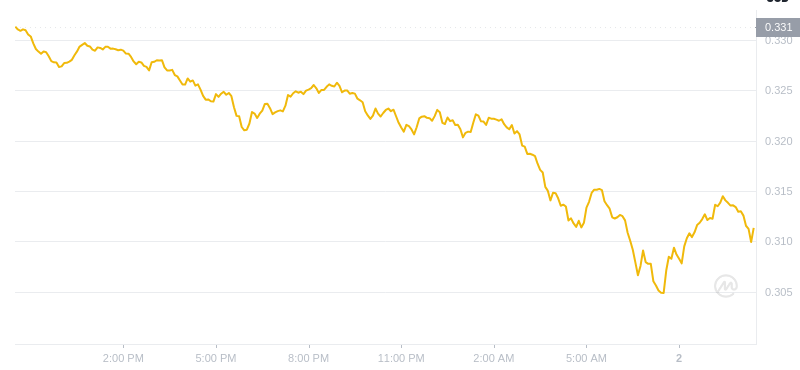 DogeHome
DogeHome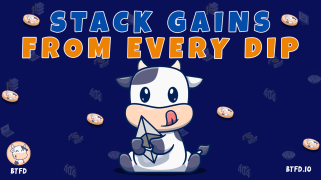 TheCoinrise Media
TheCoinrise Media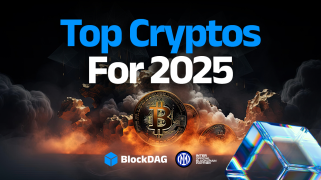 TheCoinrise Media
TheCoinrise Media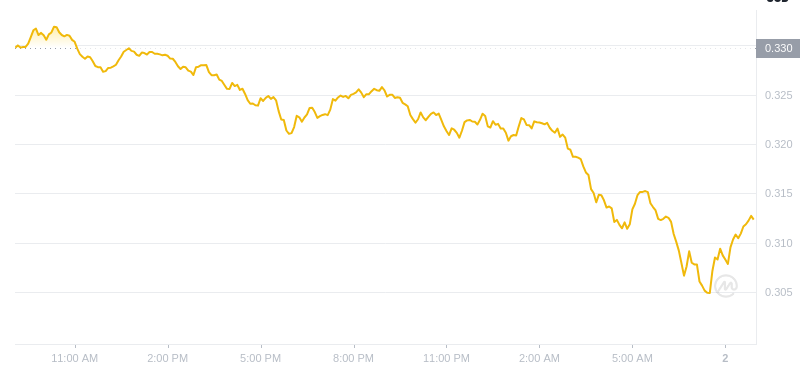 DogeHome
DogeHome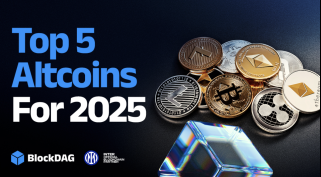 Crypto Daily™
Crypto Daily™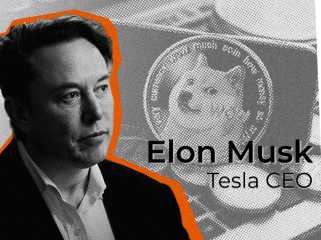 U_Today
U_Today






















